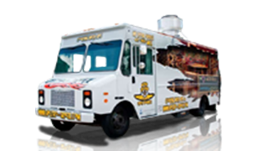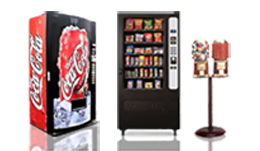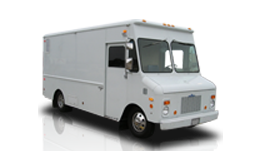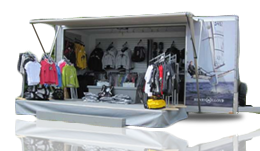Top 6 Must-Have Safety Equipment in Your Bus
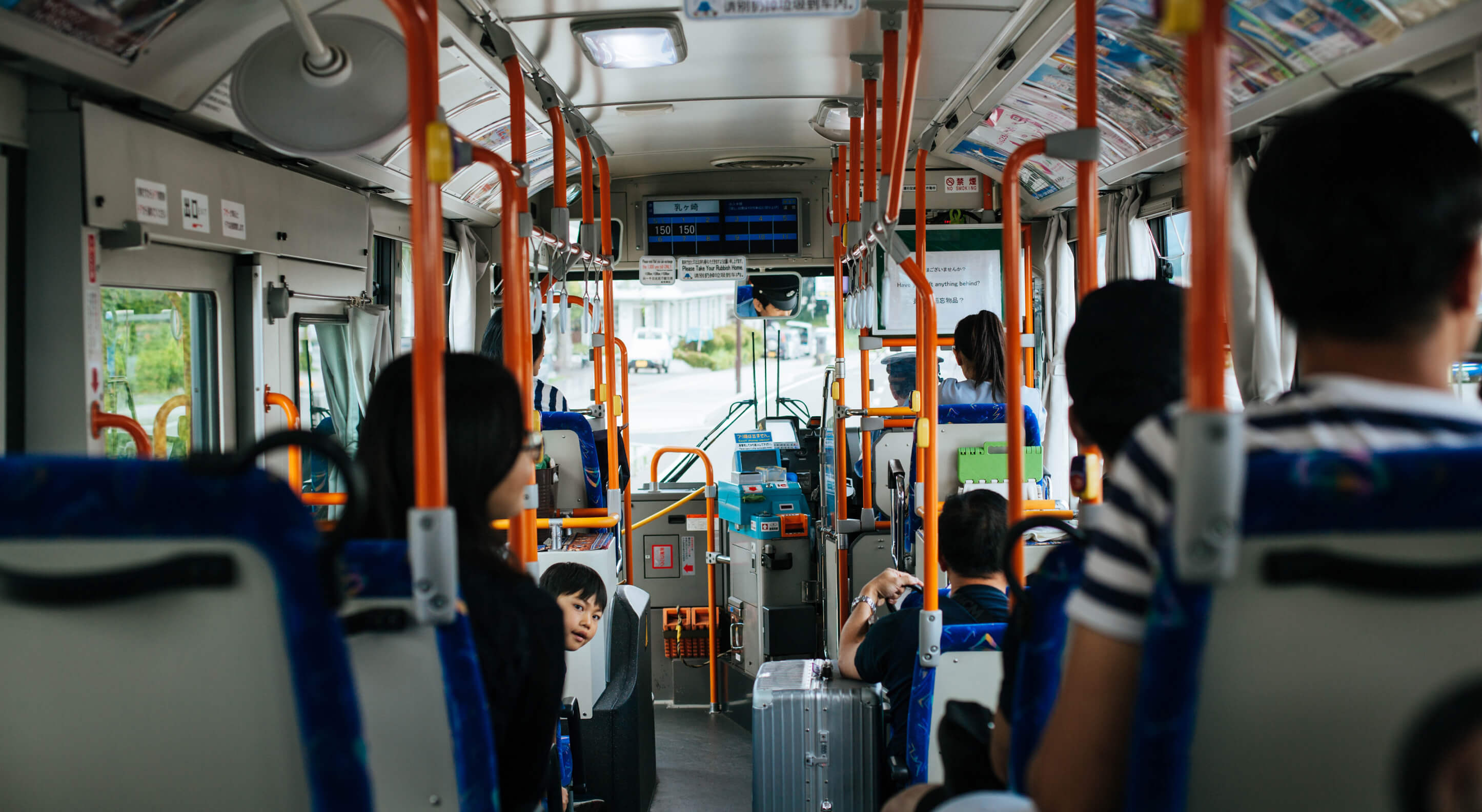
It doesn’t matter what your career is and even what you do in life or where you are; your safety is the utmost and primary concern in every environment. Because in truth, there is no telling what will happen next whether you’re going to work, school, exercising, or even when you are at home.
It’s the reason behind many people purchasing safety equipment. Furthermore, among these are businesses as the laws in their state require them. Business owners are mandated to have their premises checked by safety professionals to ensure that clients won’t have to suffer through accidents in those locations.
But, what about people like you who are driving a bus or own a bus business? Does the law within your state declare a specific bus order, you need to have certain safety types of equipment?
The answer is a big yes! The Federal Transit Administration, it’s the legal policy of bus safety in the US. It encompasses different sections about the Federal Safety Laws and Regulations for all states. So, according to these federal laws, what are the top six must-have safety equipment in your bus?
What’s Inside
1. First Aid Kit and Supplies
Your bus has to have a detachable and metal dust-proof Grade A first aid kit. It has to be seen quickly and mounted within full view or is labeled explicitly in a place that is accessible inside your driver’s compartment.
In addition, it must have the subsequent units as well as packages per unit:
- One 4-inch Compress bandage
- One 2-inch Compress bandage
- One 1-inch Adhesive compress
- One 40-inches Triangular bandage
- One 4-inch Gauze bandage
- 1 Absorbent gauze compress
- One 24×72 inch Gauze compress
- 1 Padded tongue blades
- 1 Wire splint
- Two 1inch x 2 ½ yd Adhesive Tape
2. Body Fluid Clean-Up Kit
Do you have a first aid kit, then why not add a body fluid clean-up kit? You must be wondering what this type of kit is, especially if you’re new to preparing the safety equipment for your bus.
What are these body fluids?
- Urine
- Bloodborne pathogens
- Vomit
- Amniotic fluid
- Tissue
- Cultures
- Organs
- Formaldehyde
- Pleural fluid
- Saliva
It is the kit you are going to use to prevent yourself and other people from being open to the elements of different body fluids. The kit is complete and a piece of proper equipment that can decontaminate any spill effectively. It is essential to isolate the biohazard spillage using these clean-up kits as it reduces the risks of infection.
3. Fire Extinguishers
The designated fire extinguisher that has to be in the bus is a minimum of 2 ½ pound dry chemical types. And it should not be less than a 2-A: 10- BC rating. It is of utmost requirement.
You must not purchase any other kind of fire extinguisher, even if it’s the most famous one in the market. The top-standard testing laboratory has approved the one you got to buy.
Where should you put the fire extinguisher? It has to be mounted in a bracket that you can find near the driver’s compartment. As it’s placed there, it also becomes accessible to the passengers when necessary.
4. Emergency Exits / Window Monitor
Even if you don’t want accidents or emergencies to happen, it sometimes does. So, what’s the best way to prepare? Knowing exactly where the emergency exits and the windows are, the monitor guides everyone to get out and move as quickly and as safely as possible.
The exit should be at the rear center of the bus or possibly located at the back half over the bus’s left side. The door or entrance has to be 24 inches open horizontally, and a minimum of 48 inches open vertically. These are all measured from the floor level.
The emergency exits and windows monitor system can offer both visual and audible signals to the driver and those in the bus when the exits are still open. Another exit that needs to be available on the bus is roof hatches. It is useful for emergencies and daily requirements.
5. Reflectors
You’ll see these shaped primarily as triangles. As federal law requires, there have to be at least three of these reflector triangles that help massively as road warning devices. You may add more, of course. But the minimum is three.
These primarily come in HD triangles and are packed neatly inside a red-colored storage box. These are durable, and the orange and red triangle reflectors are visible. So, it does not matter when you have to use it, whether day or night. It is an adequate road forewarning piece of equipment.
In addition to the triangle reflectors, your bus has flares. And no, there won’t be any flares. These should be “pot type” that is commonly known as it’s like liquid burning.
6. Two-Way Radio
One of the most important ways to get assistance no matter where you are while on the bus is having on-hand a two-way radio. Sometimes, the bus needs repair on the spot because of mechanical reasons. Communication should never be cut-off in any form of emergencies, especially when you are on the road, whether alone or with your family, or for a business trip.
Since you are on a heavy-duty bus, the two-way radio can do so much for you. How much, you ask? It enhances the sense of security as these radios are easy to operate. What’s more, the first responders can connect to these radios when necessary and acquire the bus GPS tracking if it’s a necessity.
There are different types of two-way radio. More often, people are aware of the analog kinds. However, the digital variations are incredible as it delivers messages, tracking, interoperability and is cost-efficient.


